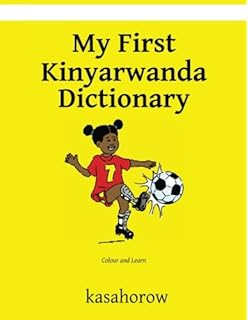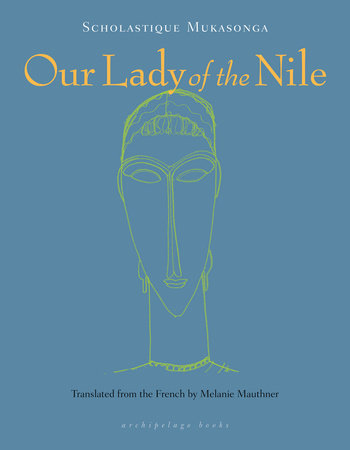Traditional arts
mostly consist of crafts, and especially functional ones. Many of their arts
are similar to other cultures in this area. Weaving is one of the key crafts
and is seen in woven baskets and bowls. The weavers will often weave in designs
into whatever it is they’re creating using different colored fibers.
Pottery and wood
carving are also common and used in a number of ways from utensils to tools. They’re
well known for their carvings of figurines. These arts, which continue today,
give a connection with their past.
One strange art is
a cow dung art called imigongo. The dung is mixed with different kinds of soils
and natural materials to give it different colors and then painted into
geometric shapes. Typically, the colors are black, grey, white, and red,
although sometimes you’ll see a yellowish-beige color every now and then.
Most of the
literature of Rwanda is written in either Kinyarwanda or in French. For much of
their history, their stories were told orally. And of the works that were
written down, it was divided into two categories: formal and non-formal. Formal
works included official documents, religious texts, etc. Non-formal works were
basically popular stories.
A few of the major
authors from Rwanda include Alexis
Kagame (a historian who also covered poetry and mythology), Benjamin Sehene (novelist, mostly about
the Genocide), Scholastique Mukasonga
(famous for her novel Our Lady of the Nile), and Saverio Naigiki (known for his autobiography and his novel
L’Optimiste).
Up next: music and
dance

.jpg/1200px-Fresque_Imigongo-Festival_international_de_g%C3%A9ographie_2011_(2).jpg)


No comments:
Post a Comment